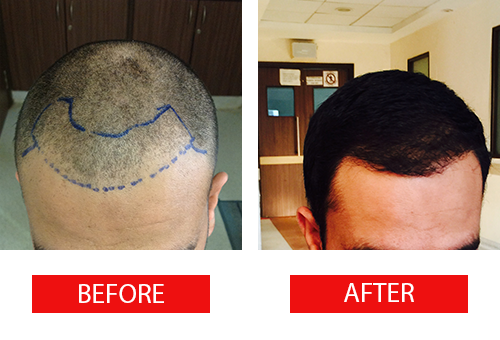A Helpful Guide on Hair Transplant and Restoration
A hair transplant can be the best solution to hair loss problems. This article will provide you with insights at all aspects of the hair transplant procedure process, and everything you should know before making a decision.
Before Undergoing the Procedure
- Ask yourself if you are the right candidate for a hair transplant.
The first thing you need to remember is that not everyone is the right candidate for a transplant. The pattern of the baldness and age will determine whether or not hair transplant is the proper procedure for you. If you are considering a hair transplant for your hair loss, determine first if you are the right candidate for the procedure. Talk to your hair transplant specialist for proper consultation and recommendation.
- Do some research on your hair transplant specialist.
Before you go into a hair transplant clinic for consultation, you need to do a little research about the clinic, the physicians, and their background. When it comes to hair transplant procedures, the primary hair restoration experts are the dermatologists and plastic surgeons. Do not trust your hair to someone who does hair part-time or is very new to the industry.
- Consider the cost of the hair transplant procedure.
The cost of the hair transplant will depend on where you get the procedure done. Generally, the price of hair transplant surgeries is based on the number of grafts needed to rebuild the thinning areas of the scalp.
The Hair Transplant Procedure
- FUT Method
Follicular Unit Transplant is a hair transplant method that requires a strip of donor’s hair to be removed from the back of the head and then dissected into the individual hair follicles for transplantation.
- FUE Method
Follicular Unit Excision utilizes tiny circular punches in the scalp to remove the donor hair follicles. By removing hair, there will be no needed sutures.
- Platelet Rich Plasma Therapy (PRP)
This method is a non-surgical option that promotes hair growth. It is a process wherein a platelet-rich plasma is created from the person’s blood. Then, it will be re-injected into the scalp to encourage healthier and stronger hair growth.
Hair Transplant Recovery and Maintenance
Once you have chosen your method of hair transplant, the recovery period will depend on the way you decided to go. Generally, you will discomfort for a few days and can be managed by taking medications.
It is recommended that you rest for about three days after the hair transplant procedure to make sure that the pain is manageable. Keep in mind that even though it is a relatively minor procedure, you still need to listen to your doctor’s instructions when it comes to recovery.
Once you have recovered from the hair transplant procedure, your doctor may recommend a continued medication plan to promote hair growth and ensure that you achieve the fullness that you desire.
We hope that this Surgical Hair Restoration Guide – Improving Results, Reducing Costs has given you the right information about hair transplant procedures.

